 It is big, comfortable and cheap. But can the TATA Manza overshadow the competition where it matters the most? Bunny Punia has the answer
It is big, comfortable and cheap. But can the TATA Manza overshadow the competition where it matters the most? Bunny Punia has the answer
There is no denying the fact that the hatch segment makes up for more than 50 percent of the total car sales in India. But what does this have to do with this comparison of ours? The point is that most owners in this segment will someday decide to upgrade to a car that has a boot, is more spacious and of course, is bigger from the outside. Since these prospective buyers will be switching over from a small and hence a low priced car, it means they will be on the lookout for a sedan that offers everything they want at the lowest possible price that too without sacrificing the status part – very important to massage their egos in front of family and friends. This is fair enough and also a reason for us to pit the new TATA Manza against its direct rivals: the Ford Ikon, the Mahindra-Renault Logan and the king of the segment, the Maruti Suzuki DZire. We have decided to pit the diesel variants of the above cars against each other and during the comparison, we shall concentrate on the top end variants of each vehicle. This, however, brings us to a small problem – the Ikon comes in only one variant which doesn’t really leave prospective owners with much choice, does it?
 Speaking of which, let’s continue with the car that has been the largest seller for Ford in India. The Ikon, launched ten years ago, retains more or less the same design even today. A facelift along with an engine change last year due to diminishing sales has to an extent, livened up an otherwise dated looking design. Basically based on the old Fiesta platform, the Ikon in its early days carried itself pretty well. Muscular and sporty were two words often used to describe this car. Tweaks, mostly up front, have imparted a somewhat softer and modern look. Nonetheless, in the wake of newer competition, a lot is left to be desired – an upgrade to 14-inch wheels and optional alloy wheels to name a few. Being the lowest, shortest and the narrowest of the four cars here, the Ikon also gets beaten on the dimensions front. The Morello colour, however, makes it look quite pleasing and we do recommend this shade to prospective customers.
Speaking of which, let’s continue with the car that has been the largest seller for Ford in India. The Ikon, launched ten years ago, retains more or less the same design even today. A facelift along with an engine change last year due to diminishing sales has to an extent, livened up an otherwise dated looking design. Basically based on the old Fiesta platform, the Ikon in its early days carried itself pretty well. Muscular and sporty were two words often used to describe this car. Tweaks, mostly up front, have imparted a somewhat softer and modern look. Nonetheless, in the wake of newer competition, a lot is left to be desired – an upgrade to 14-inch wheels and optional alloy wheels to name a few. Being the lowest, shortest and the narrowest of the four cars here, the Ikon also gets beaten on the dimensions front. The Morello colour, however, makes it look quite pleasing and we do recommend this shade to prospective customers.
Mahindra-Renault has played cleverly with its first product for India. The Logan is now available in a dozen different versions to choose from. The original one is complimented by the Play (seen here) and the Edge Connect editions. To say the least, the Play variant does look smashing, especially in black with red alloy wheels. It may not be the best looking sedan here but good graphics, alloy wheels stacked in slightly bulging wheel arches and a boot lip help spice things up. The Logan is one of those few sedans which carry their boot well without making it look like an add-on job! The widest of the lot, when seen from the back, the car looks good and the muffler cap does attract attention.
 The Maruti DZire is a car that doesn’t go well with everyone when it comes to style. Most of us at CAR India also referred to it as the ugly duckling, the reason being the not so pleasing boot job. The front is a carbon copy of the Swift with a few changes here and there. The top end model gets alloy wheels and fog lamps but as you take your eyes to the rear, disappointment sets in. The top of the boot is raised and ends up being the main culprit here, however, the chrome strip helps divert your attention nicely.
The Maruti DZire is a car that doesn’t go well with everyone when it comes to style. Most of us at CAR India also referred to it as the ugly duckling, the reason being the not so pleasing boot job. The front is a carbon copy of the Swift with a few changes here and there. The top end model gets alloy wheels and fog lamps but as you take your eyes to the rear, disappointment sets in. The top of the boot is raised and ends up being the main culprit here, however, the chrome strip helps divert your attention nicely.
Speaking about the last and the newest car in question here, the Manza completely overshadows the competition. It is more than a foot longer than the Ikon and is the highest here although it does get beaten by the Logan on the width part. The car without a doubt attracts the most attention on the road along with the Logan Play edition. The hood is raised with nicely crafted lamps on each side and the boot merges into the body pretty decently. However, the side carries rather boring lines though chrome is used in abundance to impart a rich look. Alloy wheels are sorely missed on this car.
 Once you step inside, there is a world of difference among all the cars here. Even before the Ikon can greet you with its low seating posture, you come across its first cost cutting measure – a non keyless entry that the other three cars boast of. The low seating does turn into a sporty stance for the most part, however, for short people it can be an issue. Good bits come in the form of a meaty steering wheel and a short throw gear lever. There is ample legroom ahead and the design of the fascia is pretty good but the problem here is the quality of plastics that is a major letdown. Further, the absence of a standard stereo, a dead pedal and a remote boot release come in the way of a buyer’s decision. The steering wheel too is non-adjustable, the outside rear view mirrors come with manual adjustment and there aren’t many cubbyholes to keep knick-knacks. At the rear, space isn’t very generous and is best for two adults and a small child. The boot capacity at 400 litres is the lowest of the lot.
Once you step inside, there is a world of difference among all the cars here. Even before the Ikon can greet you with its low seating posture, you come across its first cost cutting measure – a non keyless entry that the other three cars boast of. The low seating does turn into a sporty stance for the most part, however, for short people it can be an issue. Good bits come in the form of a meaty steering wheel and a short throw gear lever. There is ample legroom ahead and the design of the fascia is pretty good but the problem here is the quality of plastics that is a major letdown. Further, the absence of a standard stereo, a dead pedal and a remote boot release come in the way of a buyer’s decision. The steering wheel too is non-adjustable, the outside rear view mirrors come with manual adjustment and there aren’t many cubbyholes to keep knick-knacks. At the rear, space isn’t very generous and is best for two adults and a small child. The boot capacity at 400 litres is the lowest of the lot.
After the Ikon, stepping into the Logan is a huge surprise. You sit quite high and the lack of a seat height adjustment means tall drivers have their vision hampered by the flowing roof ahead. No really! This can be an awkward driving position. The front fascia is basic, though very functional. The instrumentation console gets a multi-info display, the black and red seats (on the Play edition) look cool, however, you soon discover the low sides. For starters, the position of the power window switches is weird – placed below the stereo for the front and behind the hand brake for the rear! Operating the air-con is also an un-ergonomic task as the controls are placed very low, in front of the gear lever. There are a lot of small storage places and once you sit at the back, you appreciate the space around. Three adults can sit abreast without an issue.
 From the Logan, once you get into the DZire’s cabin, a smile appears on your face. The interiors are overly black and not the most spacious, but they certainly feel the best here in terms of quality. Ergonomics are also top notch with additional features like steering wheel mounted controls making life easier for the driver. The seat is height adjustable and getting into a comfortable driving position is easy. The integrated music system looks good and the top end model featured here gets an automatic climate control system. Cubbyholes aren’t generous but the short gear lever feels good to hold. At the back, space isn’t very good but the central armrest is a well thought of feature – this is absent in the Ikon and the Logan.
From the Logan, once you get into the DZire’s cabin, a smile appears on your face. The interiors are overly black and not the most spacious, but they certainly feel the best here in terms of quality. Ergonomics are also top notch with additional features like steering wheel mounted controls making life easier for the driver. The seat is height adjustable and getting into a comfortable driving position is easy. The integrated music system looks good and the top end model featured here gets an automatic climate control system. Cubbyholes aren’t generous but the short gear lever feels good to hold. At the back, space isn’t very good but the central armrest is a well thought of feature – this is absent in the Ikon and the Logan.
Interior packaging is probably the biggest selling point for the Manza. It puts to shame all other cars when it comes to leg space. A long wheelbase helps liberate room and this is one car that can seat five tall adults in comfort. Seating posture is slightly on the higher side, but it can be corrected thanks to a height adjustable seat and a tilt adjustable steering wheel. The overall quality is very good by TATA standards, though look closely and you can pinpoint a few shortcomings. The interiors are crammed with a long list of standard features including a Bluetooth enabled system and a driver information display. The buttons for the music as well as the air-con system have a good feel. With a short driver upfront, you literally end up having a small playground at the rear. However, the only thing that lets the rear seat down is the hard seat material.
 All these cars come equipped with fantastic oil burners. To start with, the Ikon is powered by the same 1.4-litre DuraTorq TDCi mill that powers the Fiesta. However in the Ikon, due to poor NVH levels, a lot of diesel drone filters into the cabin and so do the vibrations through the clutch pedal and the gear lever. On paper, a maximum power of 68PS with a max torque of 160Nm doesn’t sound exciting. However, with a kerb weight of just 1006 kilos, the Ikon turns out to be the second quickest of the lot. Not only is the car good in outright acceleration but most importantly, in city traffic, the short gearing endows it with a fantastic low end punch. In fact, for the 40-60km/h roll-on, the Ford is the quickest in the third, fourth as well as the fifth gear. The gearshift action is precise and the throws are pretty small.
All these cars come equipped with fantastic oil burners. To start with, the Ikon is powered by the same 1.4-litre DuraTorq TDCi mill that powers the Fiesta. However in the Ikon, due to poor NVH levels, a lot of diesel drone filters into the cabin and so do the vibrations through the clutch pedal and the gear lever. On paper, a maximum power of 68PS with a max torque of 160Nm doesn’t sound exciting. However, with a kerb weight of just 1006 kilos, the Ikon turns out to be the second quickest of the lot. Not only is the car good in outright acceleration but most importantly, in city traffic, the short gearing endows it with a fantastic low end punch. In fact, for the 40-60km/h roll-on, the Ford is the quickest in the third, fourth as well as the fifth gear. The gearshift action is precise and the throws are pretty small.
Next on, the Renault impresses with its smooth and silent operation. The 1461cc engine, however, develops the least amount of power here – just 65PS. This along with a max torque of just 160Nm doesn’t help when it comes to outright acceleration. The Logan is the slowest here, however, most of these cars spend their time in city traffic and that is where it doesn’t really disappoint. The gearshift action is the best of the lot and it gathers speed quickly in the third and fourth gears. Hit the highways though and the Logan seems to run out of breath pretty quickly.
 The DZire has to be the most involving car to drive here. It is powered by FIAT’s fantastic Multijet unit developing 75PS of power with a healthy 190Nm of torque. The DZire is fun to drive especially once the tacho needle goes past 2500rpm. That said, below 2000rpm, the car struggles to gather pace and this can be a bother in city traffic. The engine, though noisy on the outside, is damped well on the inside and goes about its duty in a fuss-free manner. The gearshift action is also good and the throws are short.
The DZire has to be the most involving car to drive here. It is powered by FIAT’s fantastic Multijet unit developing 75PS of power with a healthy 190Nm of torque. The DZire is fun to drive especially once the tacho needle goes past 2500rpm. That said, below 2000rpm, the car struggles to gather pace and this can be a bother in city traffic. The engine, though noisy on the outside, is damped well on the inside and goes about its duty in a fuss-free manner. The gearshift action is also good and the throws are short.
The Manza uses the same engine as the DZire though it is in a higher state of tune. At 90PS of power and 200Nm of torque, it is the most powerful car here but that doesn’t translate into a good driveability factor which is so important for a car in this segment. Nothing really happens till the 2500rpm mark and this reflects in the roll-on figures as well. However once the engine is on the boil, the Manza even after being the heaviest of the lot, manages to outrun the other vehicles by a good margin and goes onto register a true top whack of 167km/h. The gearshift action isn’t the best, however, it has improved as compared to the older Indigos. The NVH levels are impressive and even the vibrations are well under check.
Seldom will these cars be subjected to spirited driving by its owners. The way they handle around corners will not hold much value for prospective buyers. What really matters is the way they ride and their ability to isolate the occupants from the road conditions. In this regard, the Ikon performs quite ably. The steering is on the heavier side but drive the car over bumps or bad roads, and it manages to filter out the disturbances to an extent. With a load of more than two passengers, the ride further improves. The brakes perform decently but at the same time they are a huge improvement over the earlier Ikons. The Logan, on the other hand, simply glides over what our roads have to offer. Bumps, speed breakers and broken roads – the car takes it all. That said, the suspension does feel a tad on the softer side, but the wide track makes sure the car behaves well if pushed around
curves. The steering feedback is pretty bland but it is light enough for slow speed maneuvering.
The Maruti offering seems to be the best compromise between ride and handling. The steering is slightly on the heavier side but it has oodles of feedback. The addition of a boot at the rear has changed the way the car feels over bad roads. It absorbs undulations but at the same time, sharp imperfections on the road can be felt pretty easily. The Manza’s ride quality is terrific and seldom does the suspension noise intrude into the cabin. It offers a very silent ride and the occupants remain cocooned inside over most of the roads. Braking is superb and is aided by ABS – standard on the top end model.
I really won’t give a lot of weightage to the fuel efficiency parameter as all the cars more or less sip the same amount of fuel on the road or on the highway. It is easy to extract over 13-14kmpl in the city with the air-con running on full blast. On highways, driving below the ton mark will see these cars returning more than 20kmpl very easily.
 Verdict
Verdict
As I mentioned at the beginning of this article, a car’s sticker price plays a very important role in this segment. Of course so does the status and the feel good factor of the car as well as, to an extent, the list of standard features. The cheapest car here is the Ford Ikon which retails for Rs 5.42 lakh (ex-Pune). There is only one variant to choose from and it comes equipped with a decent list of goodies, if not all. You do miss out on a lot of basic things as mentioned above and the car itself has started to feel dated, being engineered ages ago as compared to the competition. It does come with a very good diesel engine that not only performs very well in the city but on the highway as well. However, with no safety features like ABS or airbags even as options, a well-educated buyer might turn his back towards the car. That said, the Ikon at this price translates into a terrific value for money proposition.
The Logan is a great car by itself. It drives well, rides even better and is quite spacious on the inside. The top end version, the DLS variant with ABS sells for Rs 6.75 lakh (ex-Pune). The Play edition, the one featured here, retails for Rs 6.79 lakh and is well equipped. We really can’t find any fault with the car other than its unusual ergonomics on the inside. For those who want to make a decision immediately, the company is even offering a sixty grand cash-back scheme till the end of this month which probably makes it the best buy here.
When launched, Maruti’s DZire went on to become the leader of the segment in a matter of weeks. It still is and there are reasons enough for it. When a middle class family puts down their hard earned money for this car, what they get in return seems to justify the amount spent. It feels the best from the inside and has that feel good factor that its rivals seem to lack. Maruti’s legendary reliability and service network too work in its favour. At Rs 6.75 lakh (ex-Pune) for the top end variant, it’s not a bad deal either as you get goodies like alloy wheels, safety features like ABS and airbags in addition to a fully automatic climate control system, steering wheel mounted controls, etc.
The Manza rewrote the rules of a value for money entry-level sedan when it was launched. The top end model with all the bells and whistles sells for Rs 6.7 lakh (ex-Pune), more or less same as the Maruti with similar equipment levels too. None of the two cars are perfect however. As a buyer, you will have to make a compromise somewhere. The Manza for instance boasts of a Bluetooth enabled music system, but misses out on alloy wheels. It is more spacious than the DZire, but its interior quality leaves a lot to be desired. The Manza is more powerful though and also has the biggest boot in its class but Marutis generally seem to hold a better resale value years down the line. This comparison seems to be heading for a close fist fight between the DZire and the Manza. In the end, the car you would want to be seen in after spending Rs 7 lakh (all inclusive) becomes the final deciding factor. I am sure you have the answer in your head right away.



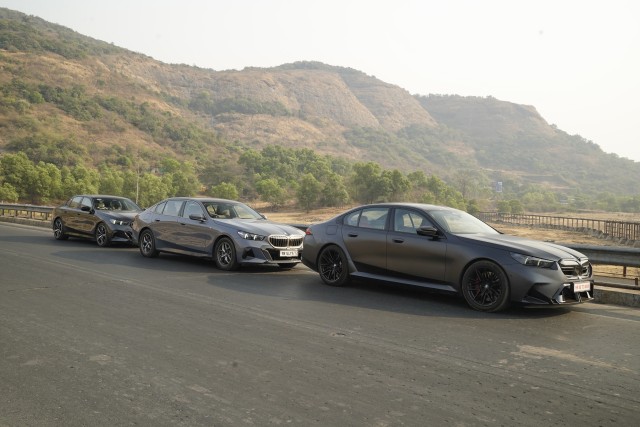
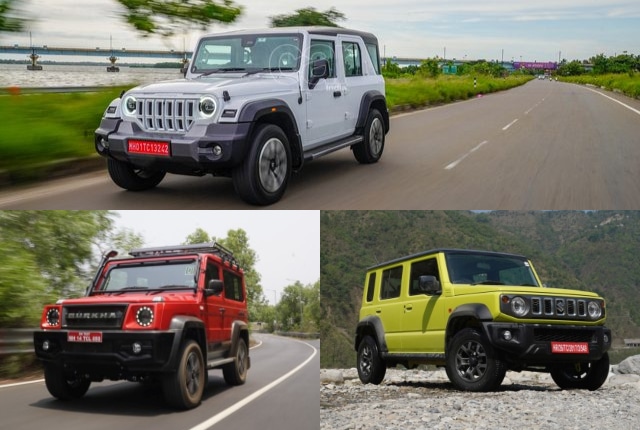
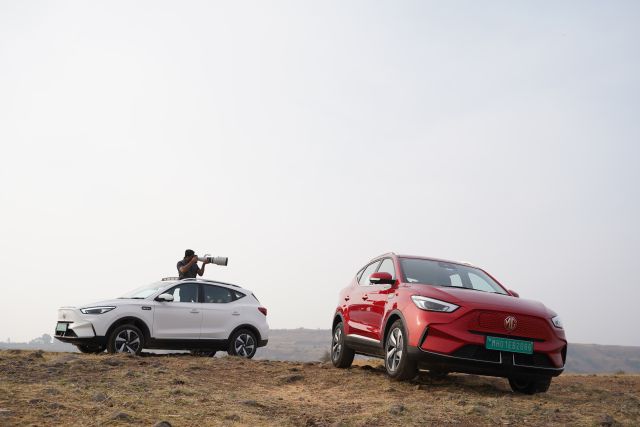
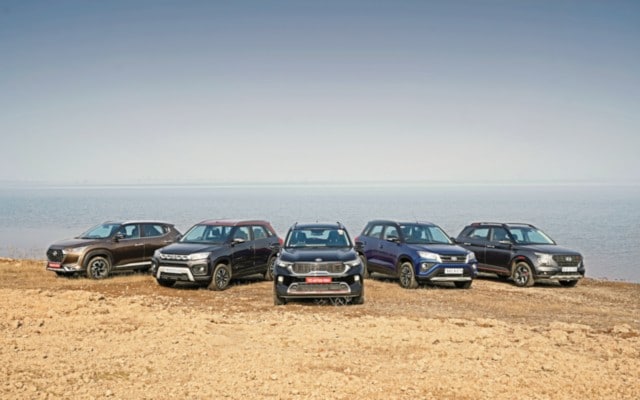
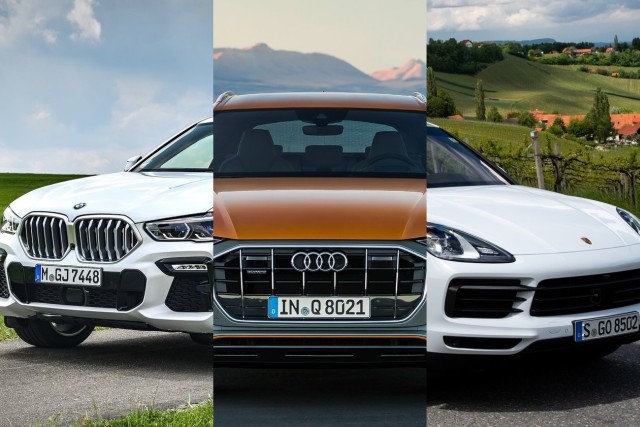
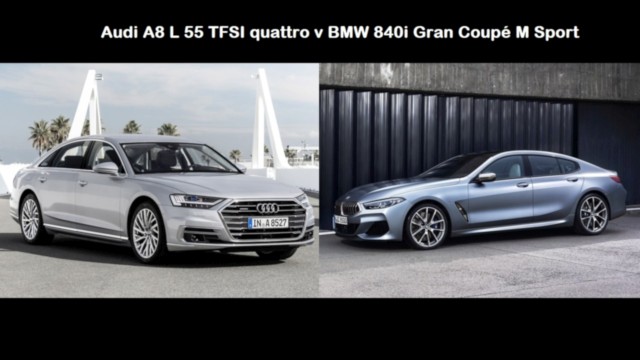
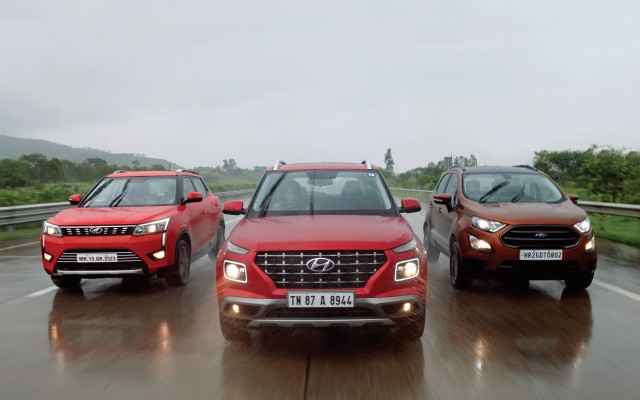
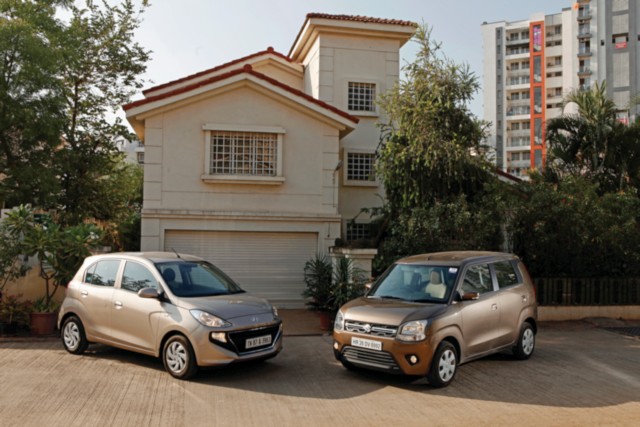
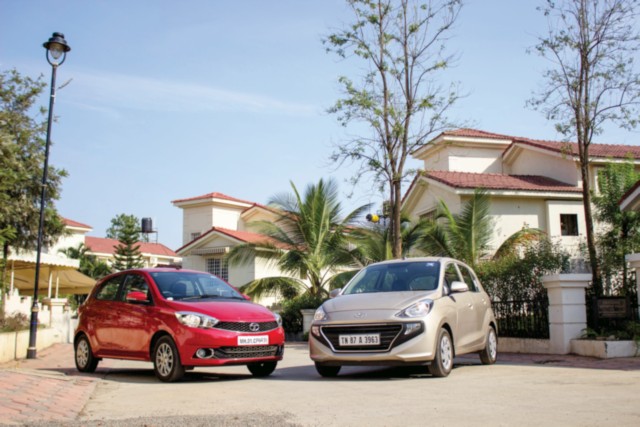
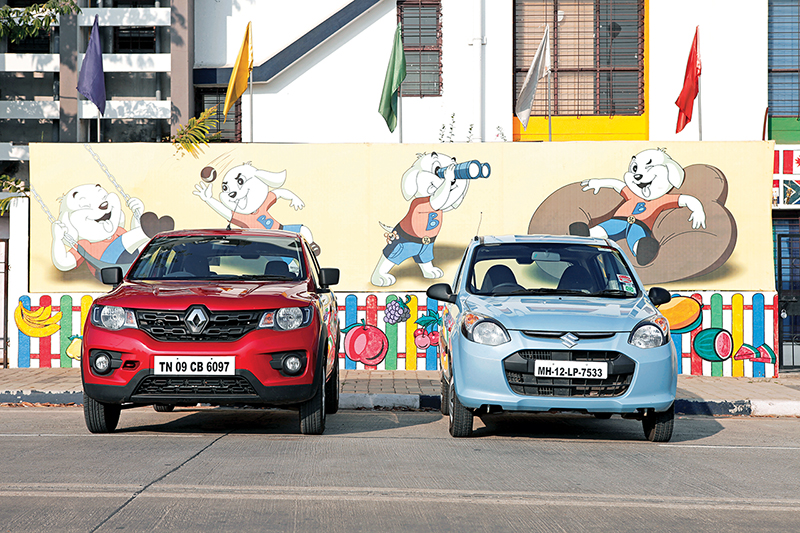
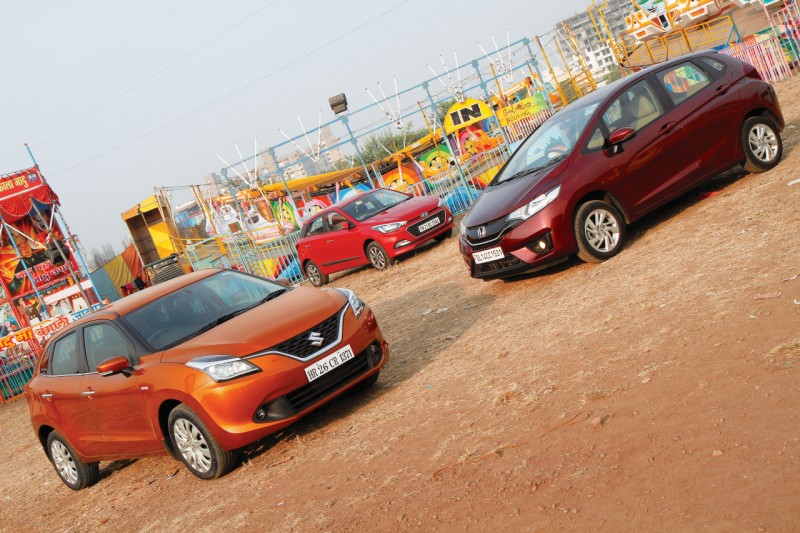
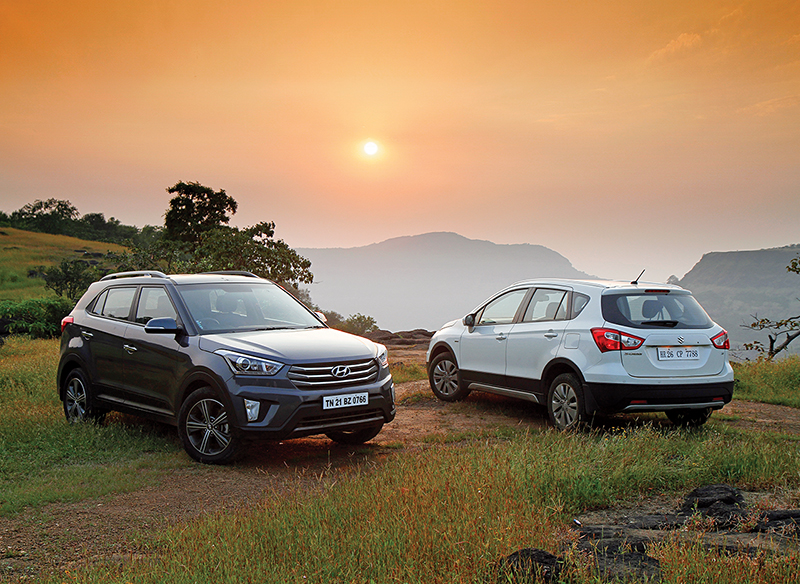
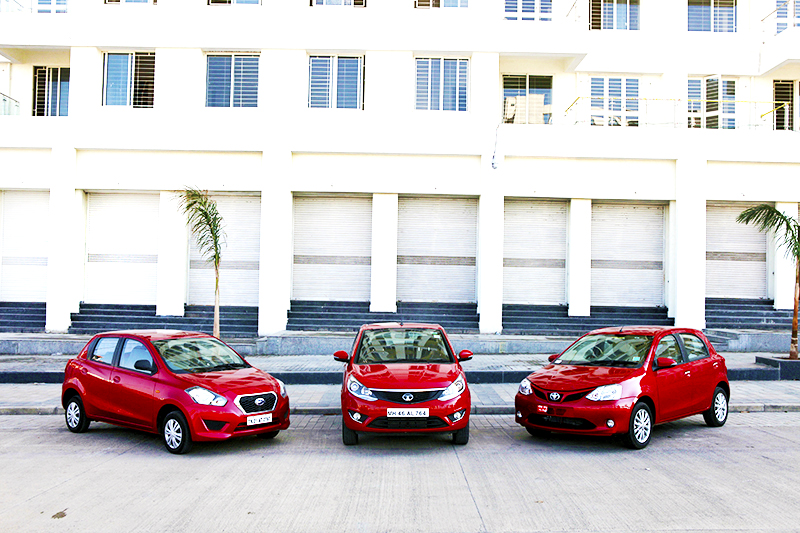
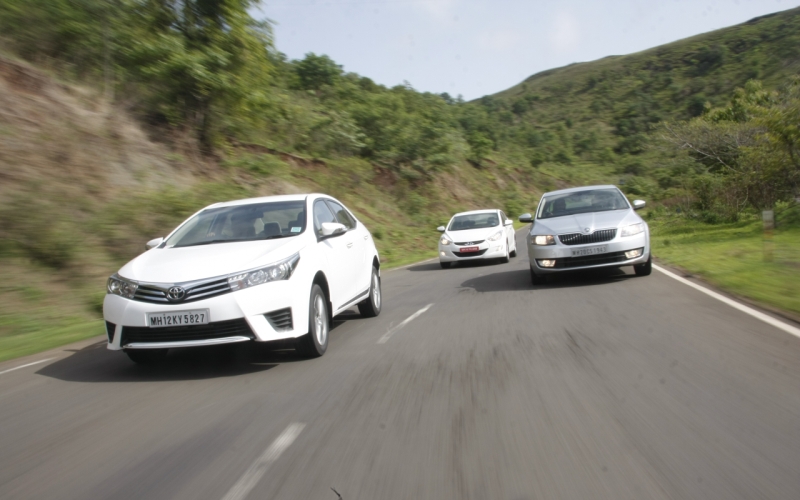
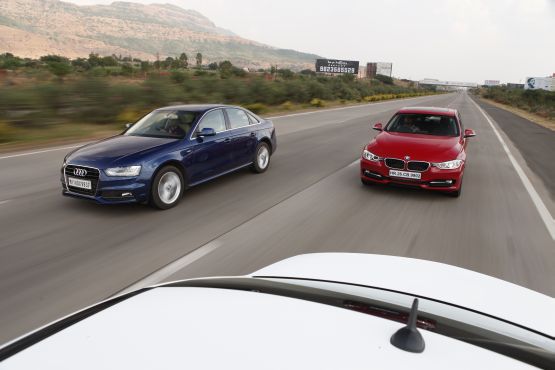




Leave a Reply